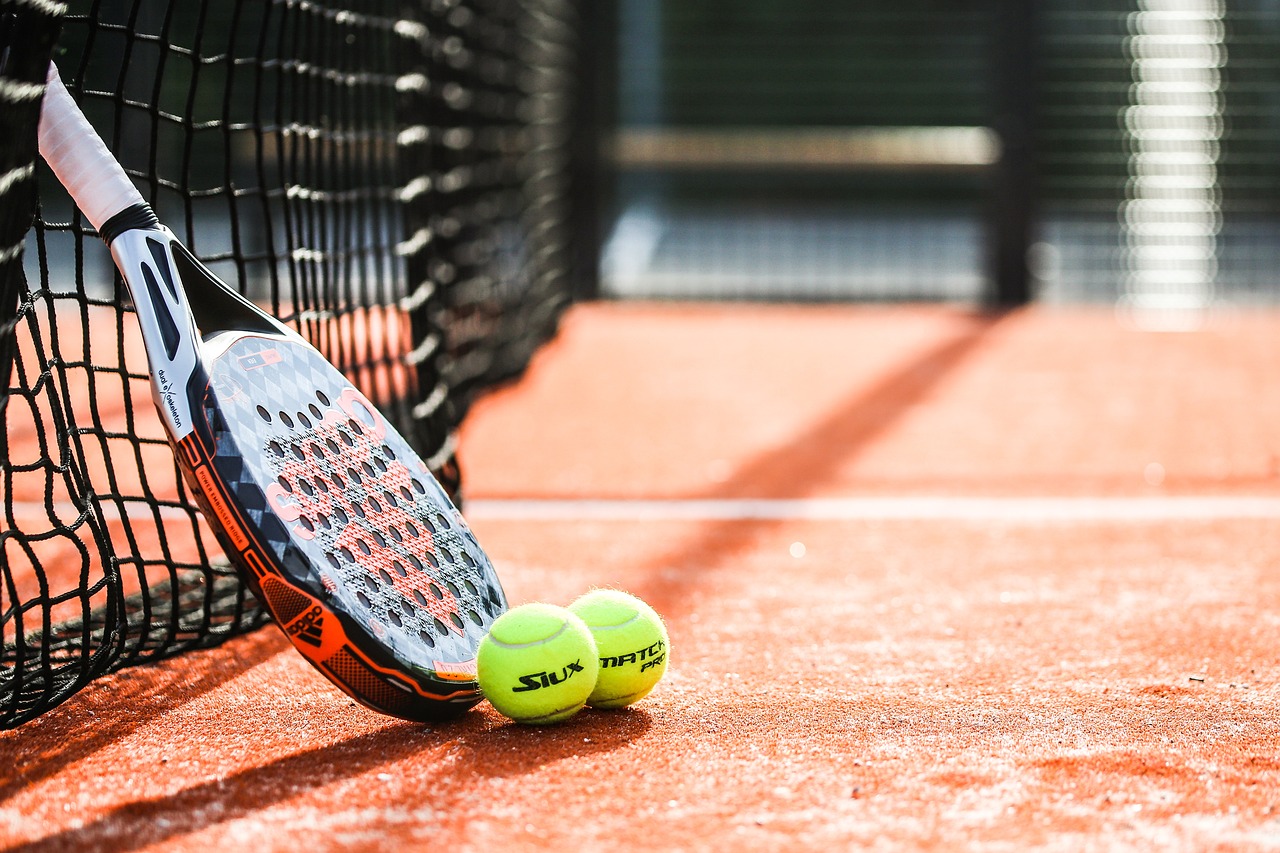Tennis, often referred to as the “sport of kings,” is a game of strategy, skill, and precision. Governed by a set of standardized rules established by the International Tennis Federation (ITF), the game is played on a rectangular court with a net dividing two halves. At its heart lies the tennis ball—a crucial element whose movements and interactions define the dynamics of the sport. Understanding the rules surrounding the tennis ball is essential for players, officials, and enthusiasts alike.
Basic Structure and Design of the Tennis Ball
A standard tennis ball is a pressurized sphere, typically covered in a fuzzy felt material. According to the ITF regulations, the ball must have a diameter between 6.54 cm and 6.86 cm and weigh between 56.0 g and 59.4 g. It must also bounce between 135 cm and 147 cm when dropped from a height of 254 cm onto a concrete surface. These specifications ensure uniformity in play across all levels, from amateur matches to professional tournaments.
Use of the Tennis Ball in Play
At the start of a tennis match, the ball is put into play with a serve. The server must toss the ball into the air and strike it so that it lands within the designated service box on the opponent’s side of the court. The serve must clear the net without touching it. If the ball touches the net but lands in the correct service box, it is considered a “let,” and the serve is replayed.
During rallies, players aim to hit the ball within the court boundaries while ensuring it does not bounce twice on their side. The ball must remain in play until one of the following occurs: it lands outside the court lines, hits the net without crossing over, bounces twice on one side, or is struck illegally (e.g., with the racket frame or double-hitting).
Special Situations Involving the Ball
The rules also address unique scenarios involving the ball. For instance, if a ball touches the line, it is considered “in,” as the court boundaries include the lines. Similarly, a ball striking an object outside the court (e.g., a chair umpire, ball kid, or fixed equipment) is ruled out of play, awarding the point to the opposing player. Players are also prohibited from deliberately altering the ball’s condition, such as squeezing or excessively handling it between points.
Ball Rotation and Replacement
In professional matches, tennis balls are replaced regularly to maintain consistent play. Typically, new balls are introduced after the first seven games and every nine games thereafter. This ensures that wear and tear, which can affect the ball’s bounce and speed, do not disadvantage either player.
The rules governing the tennis ball are integral to maintaining fairness, consistency, and the competitive spirit of tennis. By standardizing the ball’s specifications and usage, these rules enable players to compete on equal footing, regardless of the court surface or tournament level. As a cornerstone of the game, the tennis ball not only facilitates play but also symbolizes the precision and harmony inherent in this beloved sport.





